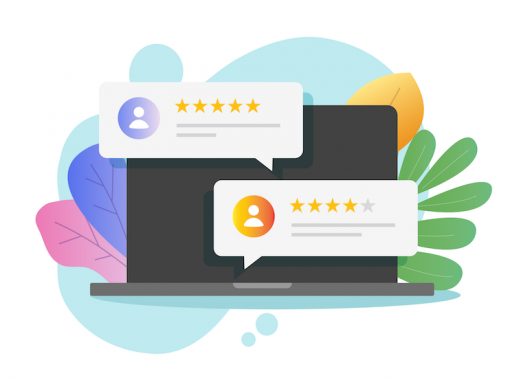
Have you ever found yourself in this situation?
You’re putting 110% into every marketing strategy and campaign you have running. But the results are dismal.
Or, you’re not quite sure which strategy or campaign will perform best, so you run them all simultaneously—dumping a great deal of your budget into this last-ditch effort as a result.
When you’re doing everything you can to optimize and maximize conversions and still falling short, you need to enlist the help of call tracking technology.
In this quick guide, we’ll show you:
- What call tracking is (& why it’s vital for businesses)
- Why call tracking is a necessity for those needing to optimize and improve conversion rates
- Three critical call tracking benefits for companies across all industries
What is Call Tracking & Why Should I Care?
Call tracking uses toll-free or vanity phone numbers to determine and document where customers found your company’s contact information.
For instance, a company can use a specific toll-free number for a limited-run retargeting ad campaign. If a customer calls the company using that number, the marketing team can attribute that lead to the retargeting ad campaign.
With call tracking capabilities, companies can directly track and understand how customers are finding their contact information. No more guesswork!
In addition to identifying how a customer learned about your business, you can also use call tracking to:
- Monitor call volumes at multiple franchises or office locations
- Perform split-testing for various marketing or strategic campaigns
- Streamline sales processes
- Learn more about your core customer demographic
Everyone from insurance agents to software companies can use call tracking to their advantage, especially in elevating conversion rates.
Why Call Tracking & Conversion Optimization Go Hand-in-Hand
To be competitive, marketers need to run a myriad of strategies and campaigns at the same time. Often, these efforts include digital marketing tactics such as:
- Search engine optimization (SEO)
- Pay-per-click advertising (PPC)
- Email marketing
- Print advertising
- Social media marketing
- In-person events
- Marketing personalization
With so many campaigns and efforts running side-by-side, it can become challenging to determine which is producing the best results. And, data derived from each respective channel only shows half of the results.
Marketing software and analytics platforms do not account for offline leads such as phone calls. Meaning, your marketing data is showing you a fraction of the big picture.
A campaign that’s driving poor results online may be generating hundreds of calls that your sales team is converting with ease. But, without that phone lead data, the campaign’s conversion rate would be dismal!
Call tracking helps marketers understand:
- Which marketing strategies, channels, and tactics are performing best online & offline
- Which areas of an overall strategy are underperforming and need conversion optimization improvements
- The true conversion rate of each channel, campaign, or strategy
Without call tracking capabilities, accurate conversion optimization strategies are virtually impossible to execute.
When armed with all of this vital information, marketers can make better decisions!
Call tracking provides marketers with the data to identify where the marketing budget is best spent for the maximum possible ROI. By properly allocating funds to high-performing channels, marketers can improve performance overall.
3 Critical Benefits of Call Tracking for Conversion Optimization
In addition to identifying top-performing campaigns and channels, call tracking provides contextual benefits to marketers—data not often available on marketing analytics reports.
1. Understand What Channels Your Customers Prefer
On the surface, marketing analytics and call tracking information tell marketers which channels perform best. But, dig a bit deeper, and you can use this data to learn more about your audience’s channel preferences.
For instance, you may think an older demographic would prefer to use Facebook. That’s solely an assumption based on third-party data, correct? Your campaign and call tracking data may demonstrate that your particular target audience is more active and engaged on Instagram!
2. In-Depth Demographic Knowledge
Much like online analytics platforms, call tracking provides marketers with a better understanding of their target audience’s demographic information. This information, such as a caller’s location, paired with data from the vanity or toll-free number they called, can be used to develop comprehensive customer and audience profiles in a business’ CRM.
This in-depth customer knowledge is critical to a successful business of any size.
3. Call Recording Features
Toll-free and vanity numbers also offer call recording features. Marketers can use call recordings for a variety of purposes, such as:
- Understanding customer needs, wants, and problems
- Optimizing sales conversion training
- Ensuring proper customer service protocols are being met
There’s no limit to the benefits call recordings can provide.
Add Call Tracking to Your Marketing Technology Stack
Call tracking is no longer a “nice to have” marketing tool. It’s a necessity.
Armed with a vanity or toll-free number and call tracking data, your marketing team is ready to increase conversion rates across the board. Give it a try.












